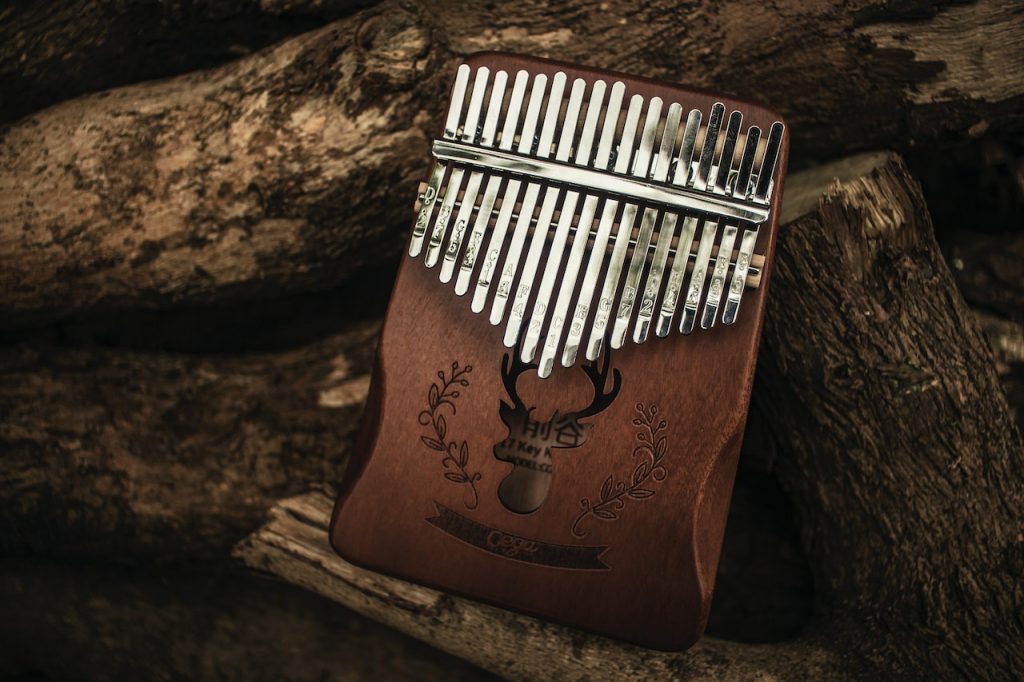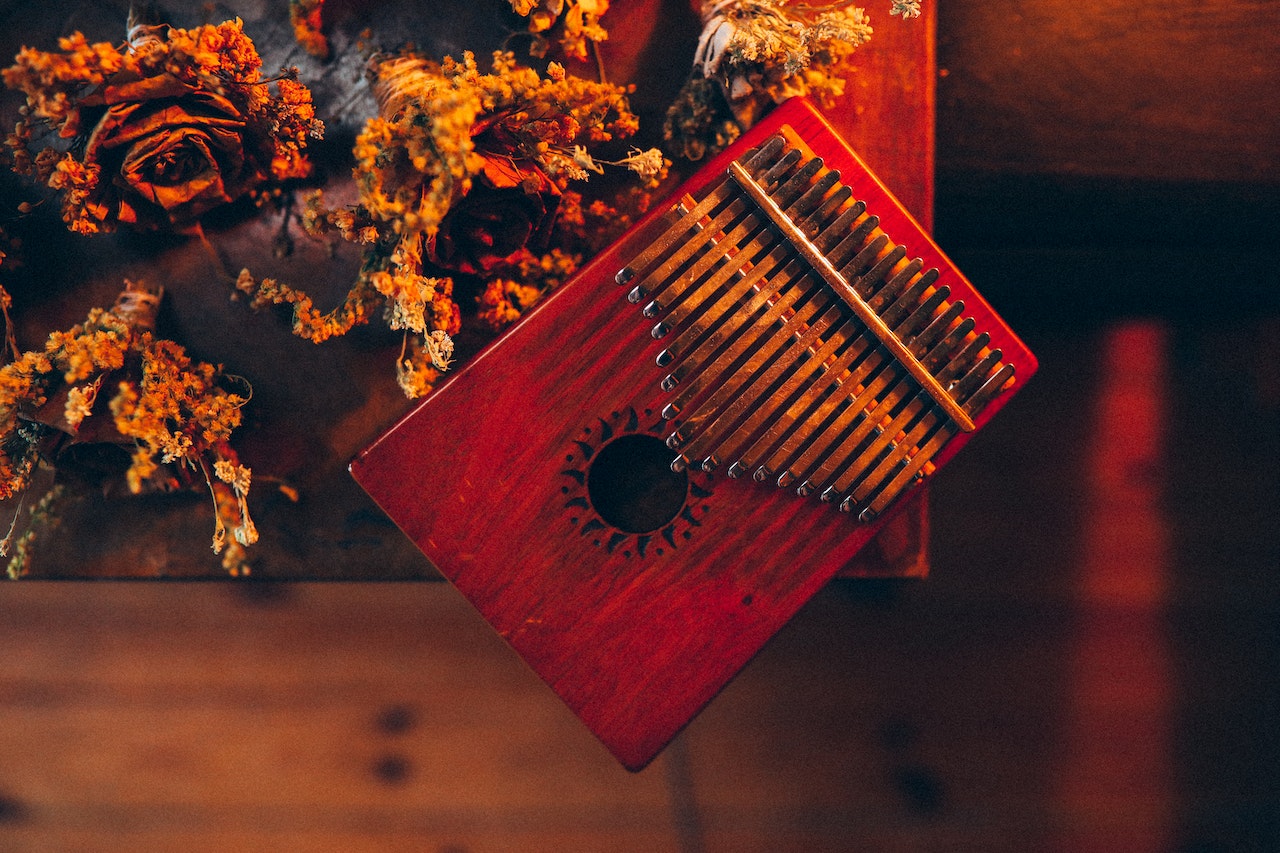Caring for your kalimba is essential for keeping it in top playing condition and ensuring it lasts for many years to come. In this comprehensive guide, we’ll cover all the basics of kalimba care, from cleaning and protecting the instrument to maintaining the tines and handling it with care.
Cleaning your Kalimba
First, let’s start with the basics of cleaning your kalimba. Dust and dirt can accumulate on the instrument over time, affecting the sound and potentially even causing damage. To clean your kalimba, simply use a soft, dry cloth to gently wipe down the surface and tines. If you need to remove more stubborn dirt or grime, you can use a slightly damp cloth, but be sure to dry the kalimba thoroughly afterwards to avoid any water damage. It’s also a good idea to clean the tines, as dirt and grime can build up on them and affect the sound. Simply use a soft, dry cloth to gently wipe each tine, being careful not to bend or damage them.
Protecting Your Kalimba
In addition to regular cleaning, you’ll also want to protect your kalimba from the elements. Extreme temperatures and humidity can have a negative effect on the instrument, so it’s best to store your kalimba in a cool, dry place when not in use. If you need to transport your kalimba, be sure to use a case or gig bag to protect it from bumps and scratches. It’s also a good idea to avoid leaving your kalimba in direct sunlight or in very humid environments, as these can cause the wood to warp or the tines to rust.
Proper storage is important for the longevity of your kalimba. When not in use, it’s best to store the instrument in a case or gig bag to protect it from dust and damage. If you don’t have a case or gig bag, you can also use a soft, protective cover to shield the kalimba from dust and dirt. Just be sure to keep it in a cool, dry place to avoid any potential damage from extreme temperatures or humidity.

Maintaining the Kalimba Tines
Another important aspect of kalimba care is maintaining the tines, or metal keys. The tines are what produce the sound when you pluck them, so it’s important to keep them in tune and free of rust or other damage. If you notice that your kalimba is sounding out of tune or that the tines are corroding, you may need to have them professionally cleaned and re-tuned. This process involves carefully adjusting the length of each tine to achieve the correct pitch, as well as cleaning and polishing the tines to remove any rust or dirt. While it’s possible to do this yourself, it can be a delicate process, so it’s often best to have a professional do it to ensure the best results.
In addition to regular cleaning and maintenance, it’s also important to handle your kalimba with care to avoid any accidental damage. This means being gentle when plucking the tines and avoiding dropping or bumping the instrument. It’s also a good idea to use a soft, padded pick or your thumbs to pluck the tines, as using sharp objects or fingernails can damage them.
Inspecting Your Kalimba Regularly
Finally, it’s always a good idea to check your kalimba regularly for any signs of wear or damage. This includes inspecting the tines for rust or other damage, checking the wood for cracks or warping, and looking for any other issues that may need to be addressed. By regularly inspecting your kalimba, you can catch any problems early on and address them before they become more serious.
In summary, properly caring for your kalimba involves regular cleaning and maintenance, protecting it from the elements, maintaining the tines, and handling the instrument with care. By following these simple tips, you can keep your kalimba in top playing condition for many years to come. Whether you’re a beginner just starting out or an experienced player looking to take your skills to the next level, proper care is essential for getting the most out of your kalimba. So be sure to clean, maintain, and handle your instrument with care, and it will provide you with endless hours of musical enjoyment.


